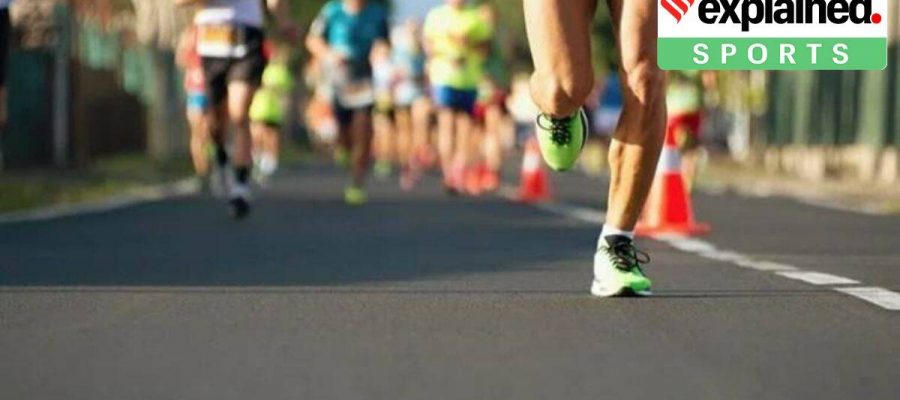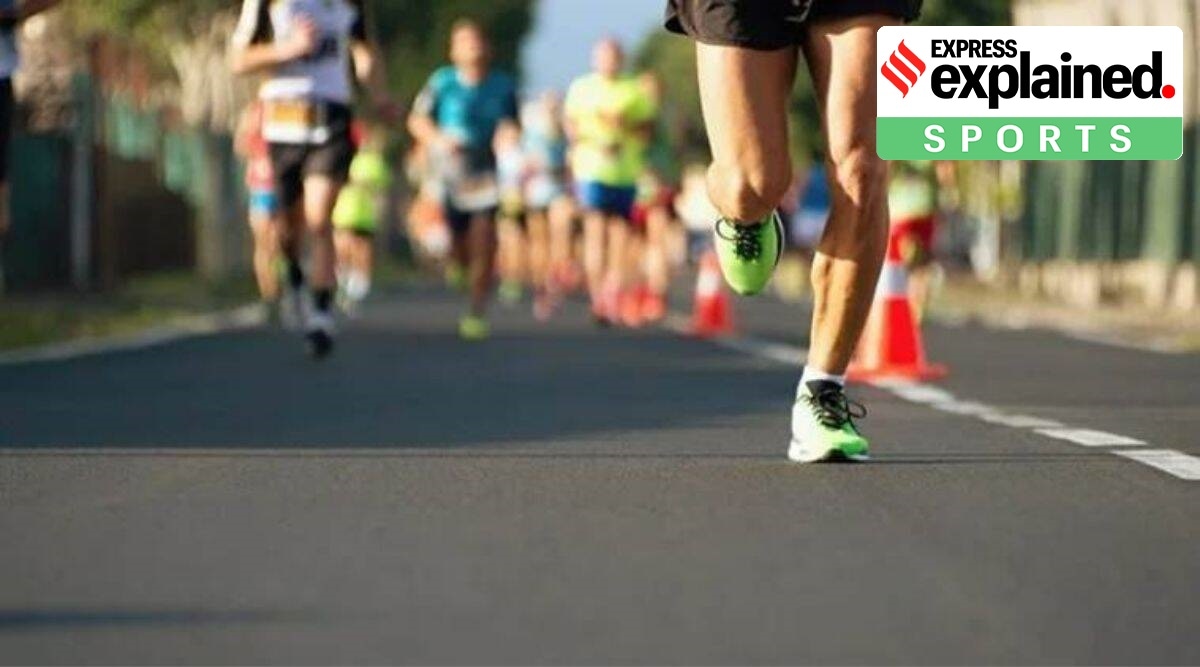As cases began trickling out and Germany was dealing with a child abuse scandal in foster homes, the time was right for the government to step in.
A wave of reckonings swept across the western sporting superpowers, as they confronted years of abuse suffered by athletes under the garb of training for elite sport. German political parties even committed action in the form of an independent centre for Safe Sport, in their manifestos.
Why the need for an Independent Safe Sport centre outside of the sporting federations
Organised sport in Germany didn’t have an existing independent, external institution that could intervene in cases of accusations of abuse of young athletes – sexual, physical and psychological. A specialised body was needed that could offer a joint external contact point with high level of expertise in counselling and intervention on discrimination and violence, and ensure independence while being capable of professional understanding of the structures of sport.
Newsletter | Click to get the day’s best explainers in your inbox
What started this discussion?
The documentary Athlete A and revelations of abuse of female gymnasts in the US had a domino effect starting 2017. After six young women, including a world champion, raised serious allegations against a trainer at a federal centre in Chemnitz, an external law firm conducted an investigation which revealed 17 cases of psychological violence. Body shaming and verbal insults aside, there were serious cases of gymnasts being given high-strength painkillers and injections without prescription while being forced to train and compete through injuries and pain. Injuries of spine were ignored chasing performance.
Were other sports also guilty?
A soccer player who suffered abuse, rape and threats of “something will happen if you complain” from age 10, almost 30 years ago, gave her testimony last October at a public hearing.
The athlete rights body Athleten Deutschland (AD) in its discussion paper advocating establishing a Safe Sport centre, quoted her in the preamble to the document as saying, “I give this account and ask, ‘Do something with it.’” An athlete from equestrian from a decade ago also came forward to narrate her ordeal.
Spiegel also reported: “Several boxing coaches in Baden-Württemberg are said to have sexually abused young female athletes. When they complain to the association, they are threatened.”
How did the authorities react?
As cases began trickling out and Germany was dealing with a child abuse scandal in foster homes, the time was right for the government to step in. The Federal Parliament’s Sports Committee hosted a public hearing on emotional, physical and sexualised violence in sports in May this year.
Athlete representatives, survivors, officialdom were called to the hearings, which received wide support from professional practice, academia and the leading German scholars, coach association and athletes. Some federations like Gymnastics, the University Sport Federation and Swimming body immediately came on board.
The Olympic body was initially resistant, asking for independent contact points for affected athletes to complain within the sports federation structure, and a senior member told Junger Welt that an independent centre might not be viable for “organised sport with its 90,000 clubs. Organized sport should develop this expertise and not transfer the responsibility to a centre.”
Earlier, at the government level, federal funding for the field of competitive sports was explicitly linked to self-declarations on the existence of protection and prevention concepts by federations.
Why are existing systems inadequate?
The US’ Gymnastics scandal was criticised among other things for being insufficiently independent, and compromised in its investigative procedures earlier.
Other pitfalls are familial closeness, personal relationships and resulting conflicts of interest, unequal power and dependency relations between those entrusted to care and protection of those in authority, misunderstood loyalties for young athletes, specific socialization within the sports system, and insufficient awareness of violence and abuse, according to AD.
Is sexual abuse the only form of abuse?
No. AD research notes that 22 % of the athletes also stated that they had experienced severe forms of psychological violence in sport. This includes, for example, threats to be excluded from the team, requests to take weight-reducing or performance-enhancing substances or repeatedly being humiliated. Almost 20% of the athletes surveyed – 21% of the men and 15% of the women – stated that they had experienced severe forms of physical violence in the context of sports. This means, for example, having been shaken, beaten, or strangled.
What measures are being taken in other countries?
The U.S. Center for Safe Sport was established in 2017 and backed by legislation, it has authority to respond to allegations of all forms of violence and abuse within Olympic and Paralympic sports there and was financially bolstered in fall of 2020 to increase its independence. In Japan, Human Rights Watch called for the creation of an independent centre in the days leading up to the Tokyo Games.
After numerous cases of violence and abuse in British gymnastics became known during the summer of 2020, Sally Munday, CEO of UK Sport, was open to an independent ombudsman to make British federations accountable for breaches within their duty of care. After cases of violence and abuse in Swiss competitive gymnastics became public, authorities have pushed for a national contact and reporting center for abuse in sport.
The Netherlands submitted a final report of Inquiry into Sexual Harassment and Sexual Abuse in Sport in December 2017, the Centrum Veilige Sport Nederland was founded in the Netherlands in February 2019. Belgium established the “Flemish Sports Court”, officially in January 2021 to look into both anti-doping and “violating behavior”.
The government-funded Sport Integrity Australia (SIA) started work in July 2020 with competencies in anti-doping, dealing with match fixing, and safe sport. Canada submitted a 411-page report based on which the Universal Code of Conduct to Prevent and Address Maltreatment in Sport (UCCMS or Universal Code) was formed.
What does AD ultimately aim for?
In the paper penned by Maximilian Klein and Johannes Herber, while the independent Safe Sports centre is the immediate demand, the debate is looking to culminate into: “End silence, Expose injustice, Name consequences for survivors, Recognize structures that have fostered sexual abuse and prevented exposure, Recognize injustice and develop formats of remembering, draw consequences for the present and the protection of children and youth.”
Source: Read Full Article



